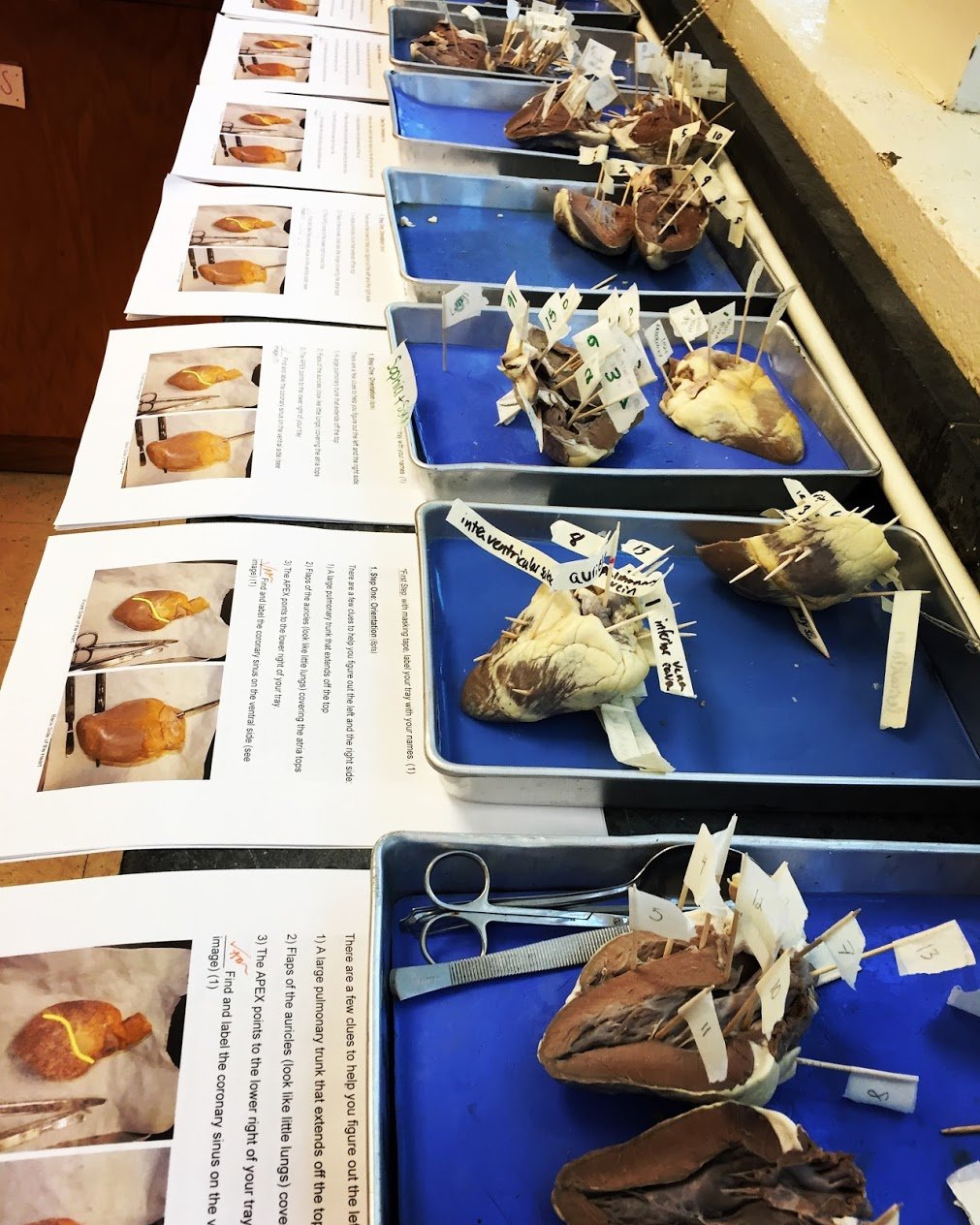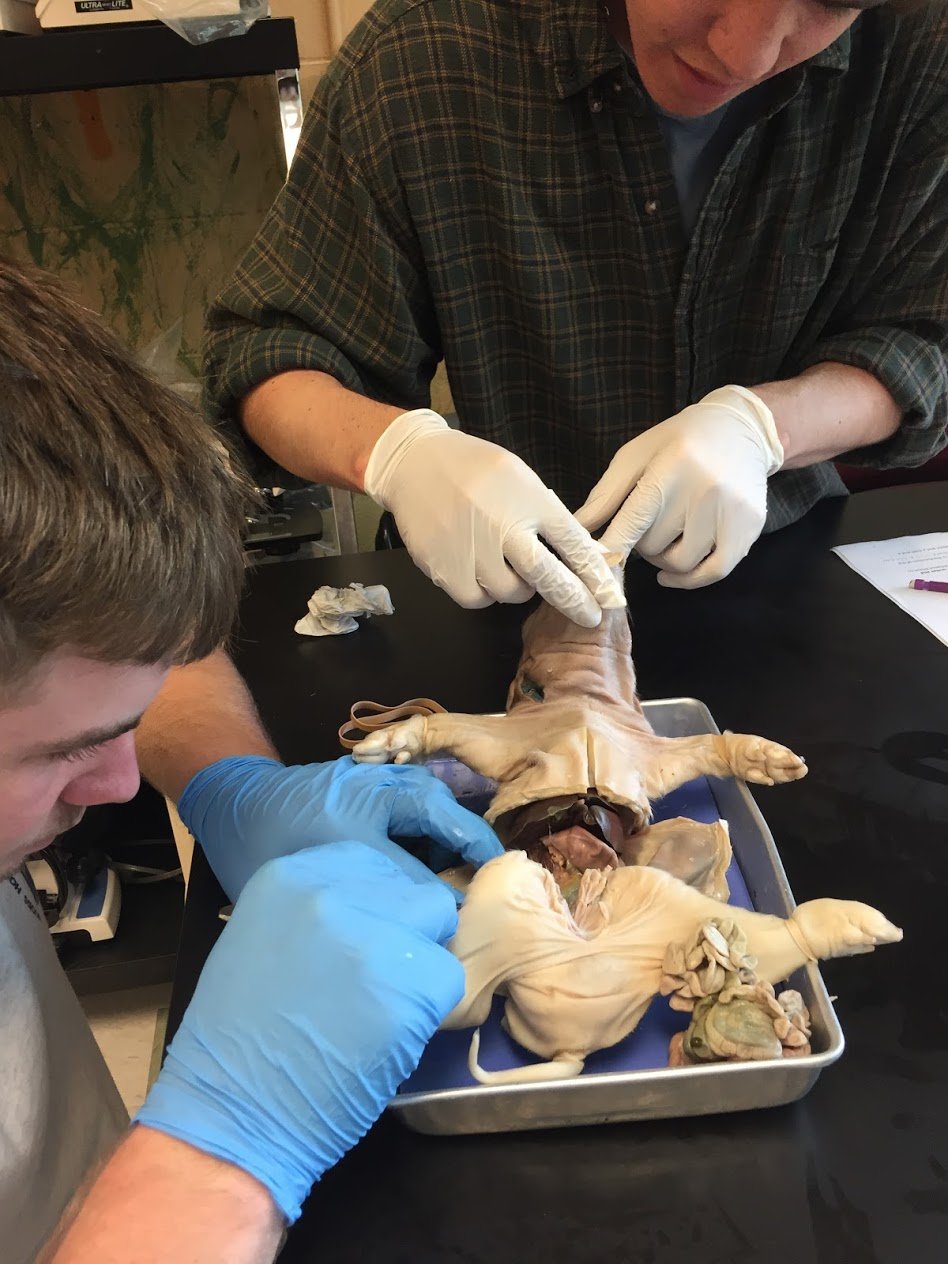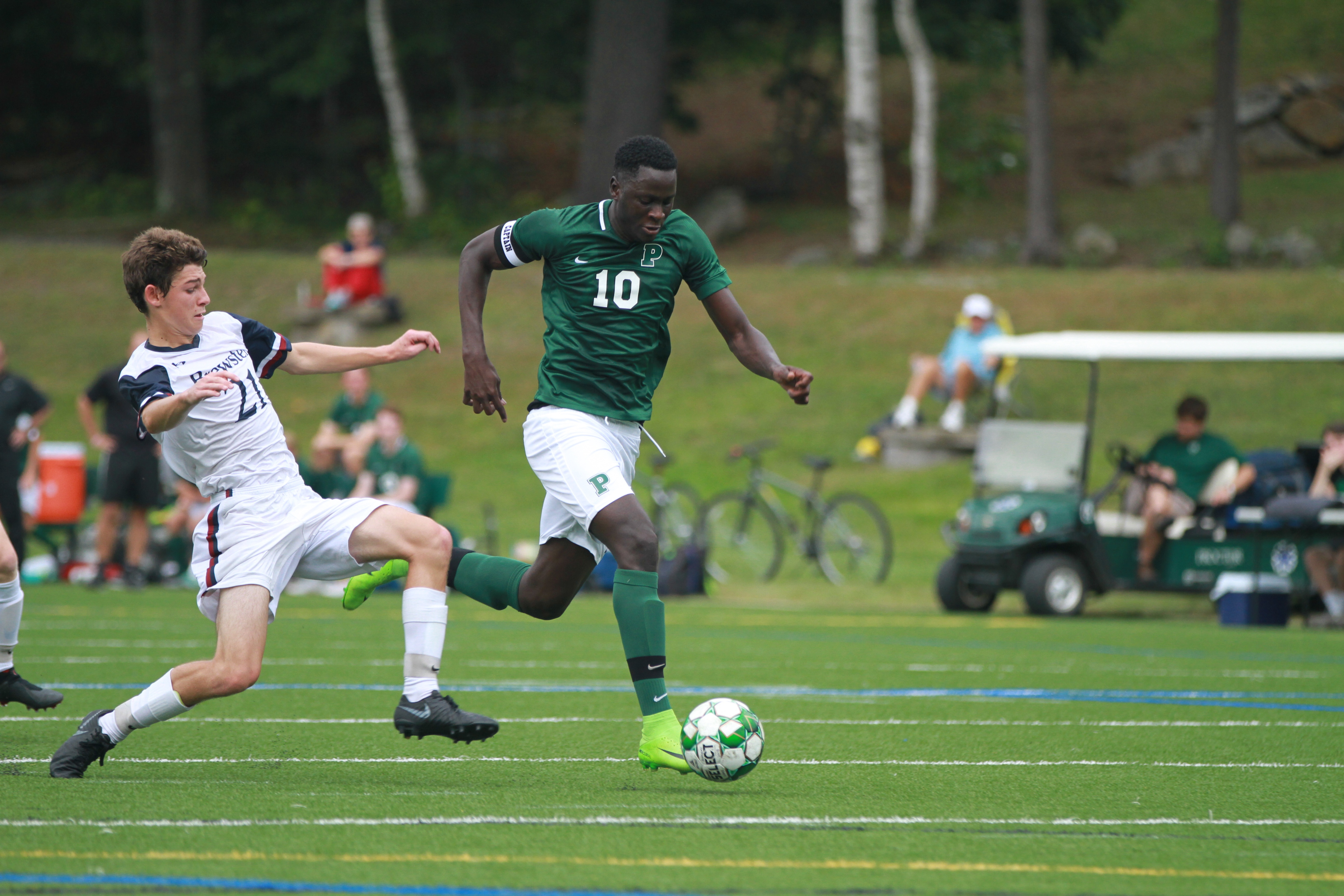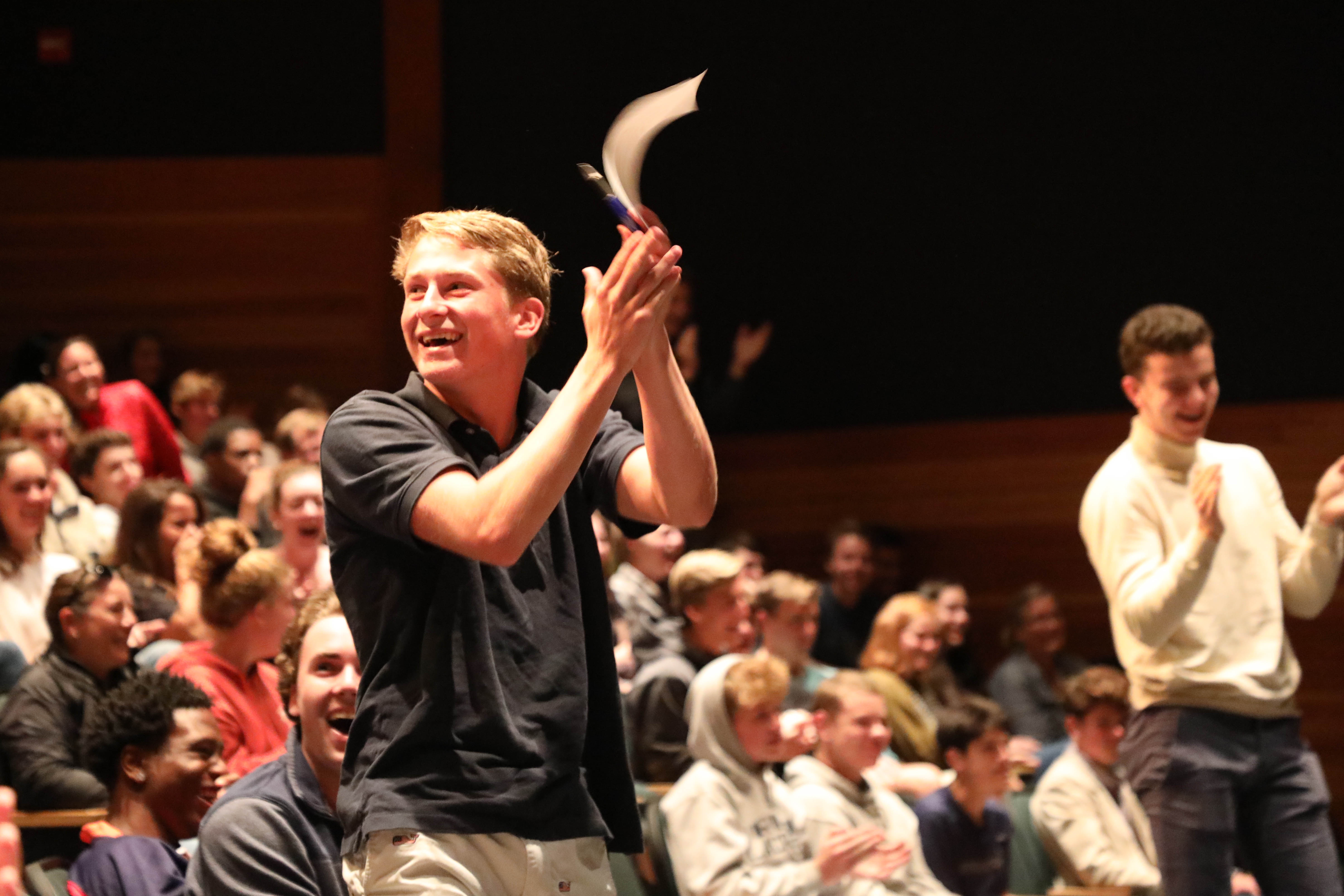I remember the first time I walked into an anatomy classroom in college. Lining the room were glass jars holding preserved human organs. But the most formidable sight were the zipped-up body bags atop tables. Nope, I thought. There was no way. But there was a way. A week in, my newly-purchased metal probe was deep in a human body that had recently been donated to science. There was reverence. Awe. College A&P was one of the hardest classes I ever took - it was also my favorite. I found my life’s pursuit.

History repeats itself in Proctor's classroom. When I mention heart, eyeball, and kidney dissection, there are wide eyes and audible gag reflexes. Hence the initial low-stakes pickle autopsy. Yet in mere weeks students are dissecting the long bone of a chicken, cutting away adipose tissue, studying dark marrow under the microscope, pulling away and observing hyaline cartilage.
I love the human body and the classroom. Both are consistently fascinating. Also humbling. I can guarantee that at least once per class period, a student asks a question to which I have no answer. Is there ever “mastery” in a field that changes daily with medical breakthroughs and scientific discoveries? The unknown makes this subject so intriguing. Every day I’m discovering, questioning, wondering.

So are our students. One can actually “see the thinking” as eyes light up one moment, become distant with thought the next. Students will struggle. They will adamantly express the impossibility to pronounce – let alone identify and SPELL – the external auditory meatus, carotid canal - and what the heck is the sella turcica? The very next week they are rattling off all seven individual tarsal bones of the ankle: calcaneus, talus, cuboid, navicular, and the medial, middle, and lateral cuneiforms.
How rewarding it is to pass a soccer practice and hear, “you guys are stretching your inguinal region.” I’ll never forget the first time I saw Tshiefu ’17, draw the bones of the foot (his work is below) or Sarah ‘18 draw and label the heart. Human anatomy is useful, but also beautiful, and the beauty is uncovered daily right here on campus.

At Proctor, students can take one or all three terms of A&P. A full year guarantees at least the most basic understanding of every body system, ending with the reproductive system. Always daunting and definitely embarrassing, reproduction often ends up being a student’s favorite unit as they discover how they came to be with the microscopic multiplying of cells, and that seven weeks after conception their tiny heart was beating with life.
It’s comical to say such mortifying words like “scrotum” and “ovulation” in front of fourteen of your peers. And yet by the end, we can all do it. By knowing our own bodies better and using correct, anatomical language, we step away from emotional and societal mores, realizing that basic human anatomy is possibly the most common denominator of the human experience. As we study “homeostatic imbalances,” we are sobered by the remarkable juxtaposition: bodies are unbelievably resilient and terribly fragile.

High school is fraught with decision-making. Pressures are immense and taxing. Body image and the definition of beauty are simultaneously exploited and attacked on a daily basis. As a woman and mother of two current Proctor students, I see and empathize with the daily struggle. As a teacher, I feel the responsibility of teaching a subject everyone should know something about – the miracle of their own life, and the control they have over it.
As our kids navigate a world of substance abuse, anxiety, and a plethora of other physical and mental battles, my hope is that a science elective – a class taken by choice – is one more tool to “know thyself,” (an ancient Greek maxim, the language from which many of our root anatomical terms are derived) in all aspects of life – building bone density, nutrition, heart health, disease prevention, and sexual practices.

Sometimes, this won’t be realized until many years later when questioning a medical professional regarding the correct treatment plan, or identifying a “fake news” medical article, or realizing that true beauty is acceptance of one’s unique shape, and feeling a great appreciation that muscles MOVE. But the marvel is guaranteed when feeling that first fetal kick, awed at being a part of literal creation.

Some students will not study science in college or beyond, but all will live a life abounding in medical and self care decisions. A&P students gain foundational knowledge they can reference throughout their lives; how their bodies function, how to optimize for yet another day of classes and sports and dish duty and for life beyond high school. Learning the human body will be a lifetime endeavor.
I like to imagine – maybe it all began with a pickle.








